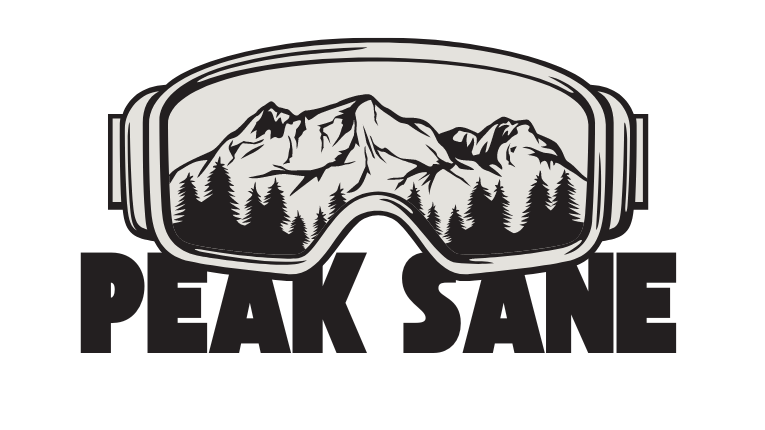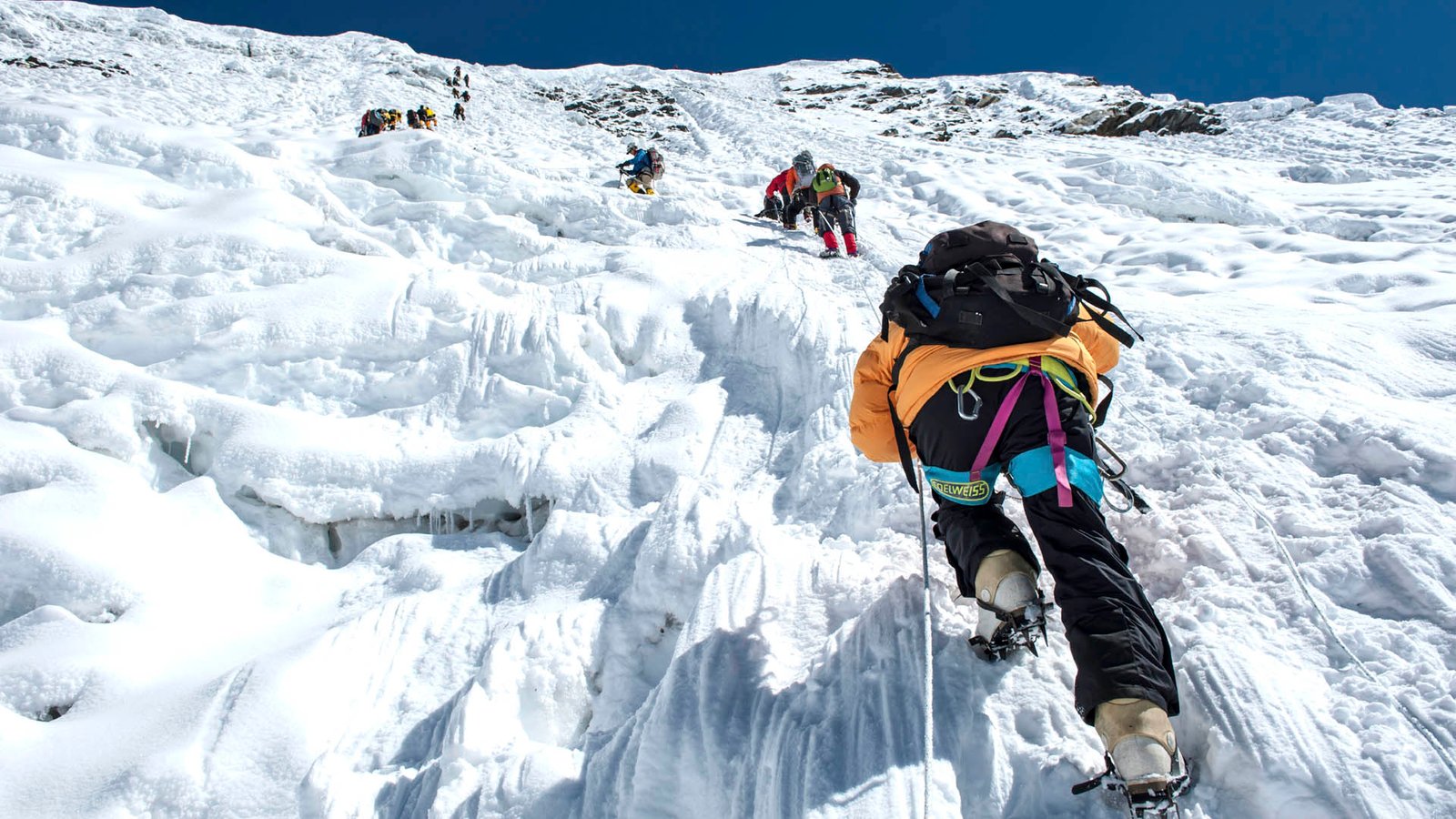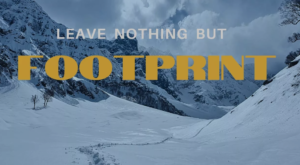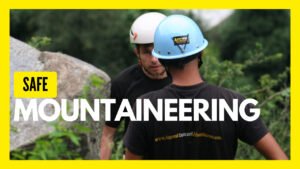How to Train for Your First Mountaineering Expedition: Building Strength and Endurance
Training for Your First Big Mountain Trip: Strength and Endurance
You first mountain expedition can be incredibly exciting and also completely intimidating. Having over 20 years of experience in mountaineering, I can vouch that it is as necessary to dare physically and mentally in mountains. To do well in Mountaineering one should keep not only solid Gear but high Physical Stamina, above average Mental stability and Strength. Of course, first-time expedition training is not just about running and doing some gym work- because what will really get you through the mountains is by simulating them, building up your endurance to be able to walk days on end while holding mental strength which pushes through the hardest conditions.
In this complete guide, I am going to give you insights on how you train for your first mountaineering expedition and help break it down in a few different sections including strength training for climbing and mountain endurance training, and mental preparation. Be it a feature of an ascent like Mt Rainer, Kilimanjaro or smaller local summits that you are going to take on these information will help guide your training Kgmb Cassandra.
1. Know the Physical Requirements of Mountaineering
The Difference Between Hiking and Mountaineering
Improve Your Other Physical Activities Hiking is a strenuous affair with which you have to carry your gear, navigate through harsh and occasionally vertical lands, face the unpredictable whimsies of weather, all as you climb higher and higher throughout altitude. Instead of just hiking, mountaineering is all about climbing as well: glaciers, rock scrambles and sometimes technical ground that also requires a rope and some crampons on foot. The physicality, the altitude and the difficulty of a marathon at this level require an overarching approach to your training.
Key Physical Demands:
Time on Your Feet: Mountaineering expeditions last from hours to days, with large chunks of time spent moving. You must be able to sustain great effort with minimal rest.
Strength: You will be hauling a 30 pound to 50 (or more) filled backpack of essential gear and supplies. It focuses on developing leg strength, core stability, and upper body strength.
Cardiovascular fitness: High-altitude mountaineering requires the efficient use of oxygen before it’s gone. You must have a good heart to provide your muscles the boost they need while keeping them fatigued due to altitude.
Balance and Agility: This means you have to move from walking on an uneven boulders, loose rocks to crossing snowfields. To avoid injury, you should have powerful stabilizing muscles in your legs and core.
Mountaineering May Test Your Limits: Climbing can break your psych, you have to be mentally strong enough to keep going when you are tired or in poor conditions.
2. Establishing a good cardiovascular base
Why Cardio Training is Important in Mountaineering
Increasing your cardiovascular health is one of the most fundamental parts of your mountaineering training. When you go to higher altitudes, your body has to work harder to get oxygen to its muscles. A good cardiovascular system allows you to save energy, keep endurance, and prevents altitude sickness.
Types of Cardio Training:
The best way to replicate the challenges of a mountaineering route is to frequently hike in all sorts of terrain. Concentrate on outings that gain vertical, and try to get out with loaded packs, starting lighter and working progressively heavier.
Benefits of Running: It is a good fix to increase the fitness level, running up the hills or trails it helps in improving cardiovascular health and leg strength. Long runs for aerobic endurance and hill sprints for anaerobic power and work capacity.
Bike: Biking, particularly up high hills or for biking with added resistance on a stationary bike equipment can help you get rid of those calf bones while developing your lung toughness. A nice cross-training option for staying injury free.
Stair Climbing: Stair climbing is as close to how we climb mountains up a steep terrain. Climbing stair machines in the gym or actual staircases with a weighted pack will help make your glutes, quads, and hamstrings strong and also give you some cardiovascular fitness.
Sample Weekly Cardio Routine:
Monday: 1 hour trail run with some hills
Wednesday: 1.5-hour weighted pack hike, pack weighs 10 lbs try and Increase each week
45 Minute stair-climbing workout with intervals of faster pace, Friday.
Hike As A Long(er) Distance (3 – 6 hours of walking with elevation gain)
Sample: Mount Rainier Preparation
In preparation I did staggered hill climbs, trail running with a weighted pack before heading up Mount Rainier. It mimicked the 12-16 hour slog I’d have to endure during my ascent, which enabled me to train for a 4,000-foot single-day Alpine elevation gain.
3. Why The Importance Of Strength Training For Mountaineering
Why Strength is Essential
It is essential not only because enough reserves must be built up to get you through the miles (endurance) but also enough strength must be available for those 3-hour ascents, heavy pack toting an low injury rates. Without strong legs, you will not have the stamina to climb and ascend hills and without a strong core keep balance while carrying gear over technical sections as well as maintain powerflow.
Strength Training Emphasis Sections:
Leg Strength:
Squats– Squats is an all-in-all a good workout for leg strength. That requires your quads, hamstrings and glutes (which you’ll want to condition or recondition so they don’t go jelly mid-ascent)—ideally.
Lunges: Forward and Reverse lunges add strength to your legs, as well as help with balance. Weighted Lunges (Imitates you are carrying a back pack) — Imgesiou Body Machine Split Squats
Step-Ups: With the aid of a box or bench, step-ups mimic your climbing motion and work on those glutes and quads. Add a weight pack to make it harder.
Core Stability:
Planks — Your core is responsible for stabilizing you as you move across rocky, weedy ground. Planks work your abs, back and shoulders.
This dynamic core exercise trains rotational strength for when you need to twist or turn your body on a climb you can try Russian Twists.
Mountain Climbers: Mountain climbers engage your core while also giving you a cardio workout to gear up your body for the quick movements needed in technical sections.
Upper Body:
Pull-Ups: When climbing involves technical maneuvers with a rope or carrying heavy gear, you need to for arms, shoulders, and back.
Push-Ups: Push-ups made the list as they develop upper-body endurance, essential for tasks like crawling through the snow or pulling yourself atop a scramble.
Deadlifts: This assists in maintaining a steady body while picking a backpack, as lateral muscles can lead to back trouble on an opposite way.
Example Strength Routine for a Week:
Monday: Leg Strength (squats, lunges, step-ups)
Upper body/core (Wednesday)Pull-ups, push-ups and planks; Russian twists etc.
Friday: Deadlift, mountain climbers, kettlebell swings(full body)
Sunday —> REST / Light Activity (Yoga or Stretching)
Example: Training for Big Mountain Hiking
So when I trained for a multi day climb in the Alps, I put a lot of emphasis on leg strength and core stability exercises like squats, lunges and planks. It made the heavy pack more manageable and helped me to survive long, steep ascents over rugged terrain.
4. Hiking with a Weighted Pack
Simulating Mountain Conditions
Part of mountaineering training, you HAVE to also train with a weighted pack. Since you will be hauling crampons, helmet, food and extra layers during the course of your expedition, it’s best to get some practice under load. Begin with a lighter weight and continue to add more as you get stronger.
Pros of Weighted Pack Training
Strengthens the legs, back and shoulders.
Balance and agility on rough ground
Increases your climbing stamina with a loaded pack
How to Start:
Start Light: Carry 10-15 pounds on your back. Then, as you get better, increase the weight that you carry more and more — we recommend targeting 30–50 pounds.
Practice using Terrain: Variety is the spice of life and by training on different terrain, such a hills, stairs or rocky trails you will be giving yourself some idea of what it will feel like when you are tackling your ascent.
Ramp Up: Add weight to your pack slowly. Hike with all of your pack weight on at least one long hik e per week.
Prep for Kilimanjaro as an example
In preparation for my climb of Mount Kilimanjaro, I spent months hiking, gradually adding weight to my pack (eventually topping out at 30 pounds). By the time I was walking up, I had my body dialed in the gear, and food for 2-3 days on trail.
5. Altitude Training:Preparing for Thin Air
Depth Knowledge In Profit/ Influences of Altitude
Judith Knauer – Big Problem: Oxygen DeficiencyWhen it comes to scaling mountains, one of the main obstacles for mountaineers is the so called reduced oxygen at higher altitudes. Altitude can overcome even the hardest of conditions and well-prepared body, you will most likely struggle with altitude sickness or rise tired too early. Adding in elevation training can aid your body to acclimate to reduced oxygen levels.
Altitude Training Methods:
Elevate your training: If you have the ability to train at very high elevations, such as mountains or areas with less available oxygen, this can be highly beneficial. So go and acclimate your body to lifting 8,000 ft. for a well-assured expeditionista like yourself!
Altitude Mask A low-tech imitation of the real thing, though not as good an option as altitude training, it still is useful because it provides air restriction without causing a reduction in your oxygen levels. It helps to build up your lung capacity and cardiovascular endurance.
Imitate Altitude in the Gym:Some gyms actually have high altitude training rooms that recreate what it’s like to breathe under oxygen levels at higher altitudes. But one way to acclimate your body to less oxygen without leaving your home is through these rooms.
leaving sea level.
Climb High, Sleep Low: It refers to hiking or climbing at higher altitudes during daytime while still sleeping at a lower altitude. It is a slow way to help your body acclimatize for the altitude challenges higher up on your trek.
Case in Point: Aconcagua Altitude Training
I even flew out to the Colorado Rockies for a couple weekends of high-altitude hiking to get ready to summit 23 thousand foot Aconcagua. It just helped me to get used to thin air and perform better at the altitude parts of the climb.
6. First, the coursework on Mountaineering and Mental Preparation
Building Mental Resilience
Climbing mountains is as much of a mental hurdle as it is physical. The way of life itself is a test, the long days, tough conditions and such high risk everything might just fail. When you train your mind right, you can keep going even when the workouts are hard and stay focused when everyone else is losing interest.
Mental Preparation Tactics
Envisionment: Picture yourself triumphing at all levels of your journey, from pitching a tent to reaching the peak. This will also help to boost your confidence and reduce stress.
Stimulus and Meditation: Stimulus or meditation methods make that you preserve some relaxation, so clarity involving mimed issues like unhealthy climate and hard terrain.
Break it Down: Try to make each milepost small goals (I am going to get to that next camp/ climb to that next ridge…). It humanises the expedition, and makes it feel much more real and if you can do that – anything is possible!
Example: Denali—Climbing the Mental Mountain
While I was climbing Denali, a massive storm on the mountain shut us down in our snow cave for over 24 hours. With the mental toughness practice of mindfulness and visualization techniques that I used, I kept my head on straight when the temperatures dropped, allowing us to continue our climb after several days waiting out weather.
7. Recovery and Rest
Why Rest is Critical
The training for a mountaineering expedition is intense, but getting sufficient rest and recover yis just as important as the hard work. Your muscles, just like you do, require some down time to heal and recuperate from the destruction of weight training. Overtraining will burn you out or perhaps even lead to an accident! Add rest days to your training plan and opt for active recovery like easy yoga classes, light stretching or even taking a walk.
Tips for Recovery:
Sleep — Aim for 7–9 hours of sleep per night to ensure that your body is fully recovered.
The diet: Make sure you eat a well-balanced diet that includes protein, whole grains and healthy fats on a daily basis to fuel your efforts. Good nutrition helps your muscles recover faster and get ready for the next workout.
Stretching and Mobility: Include stretching, foam rolling, or yoga in your exercise regimen to increase flexibility, decrease muscle stiffness & soreness and reduce chance of injuries.
An Example: Post 12 Hour Summit Day Recovery.
I hydrated and stretched for the next few days, eating healhty or at least whole food meals so my body could bounce back quickly after a long 12 hour summit day on mount baker Recovery was at the top of my list, this would also help me to prevent muscle fatigue, and even more be ready for next day descent.
Conclusion
The first endeavor into mountaineering (or any other new life experience) will require dedication, patience and start from the roots with core strength, endurance and finally building mental fortitude. The cardiovascular fitness, strength training, pack carrying, altitude acclimatization preparation and mental toughness exercises you can do to be prepared mentally and physically for the physical demands of mountaineering.
The mountains are fickle, and the best of training can only get you ready for so much. That being said, the minimum requirement for fitness and mental strength will up your chances of success by a lot- and make that first-ever mountain climb so much more memorable (and hopefully successful!). Happy climbing!




